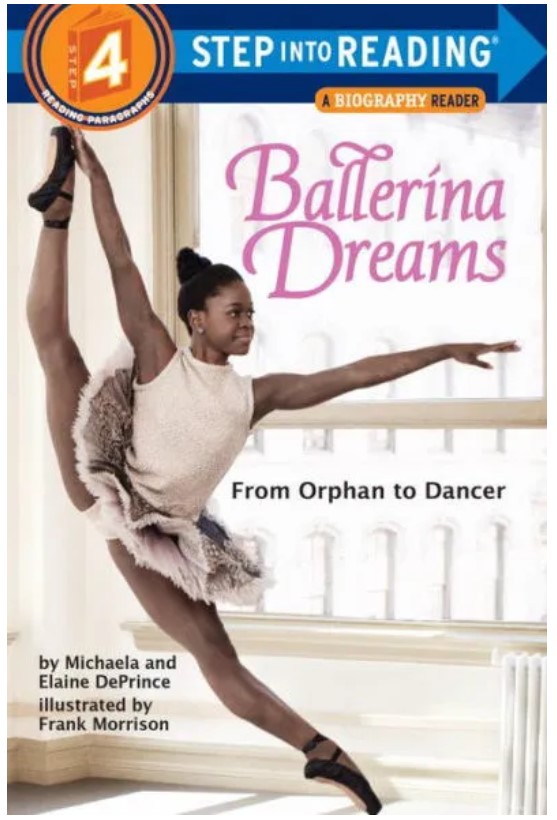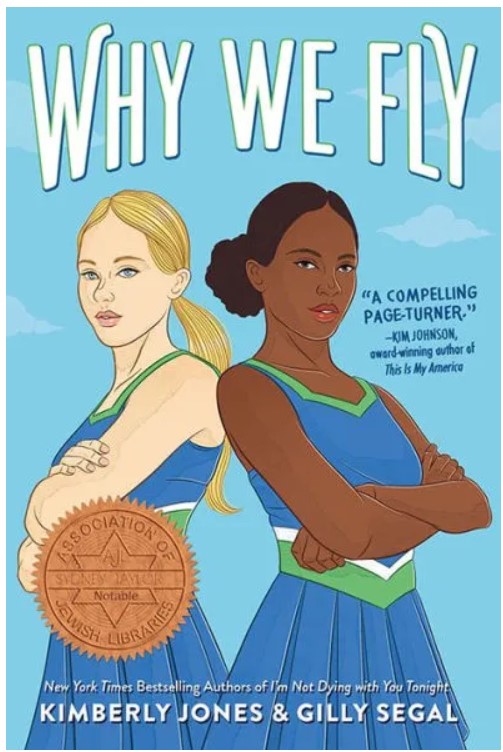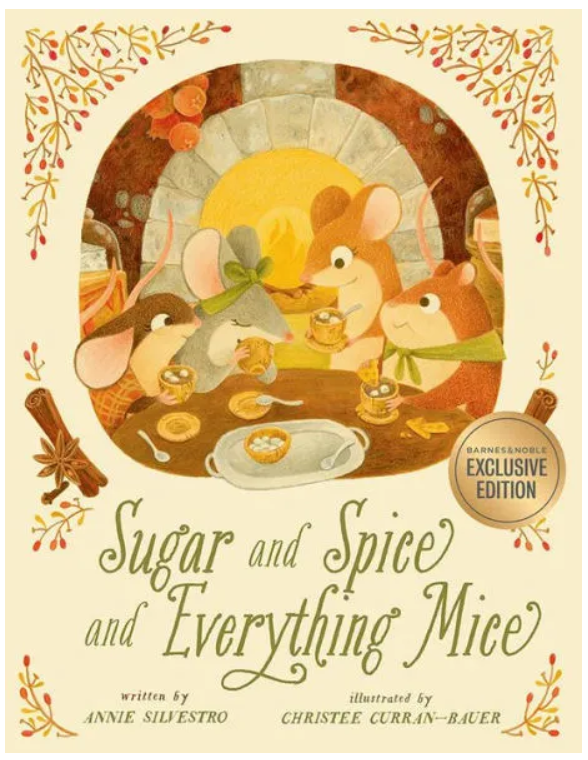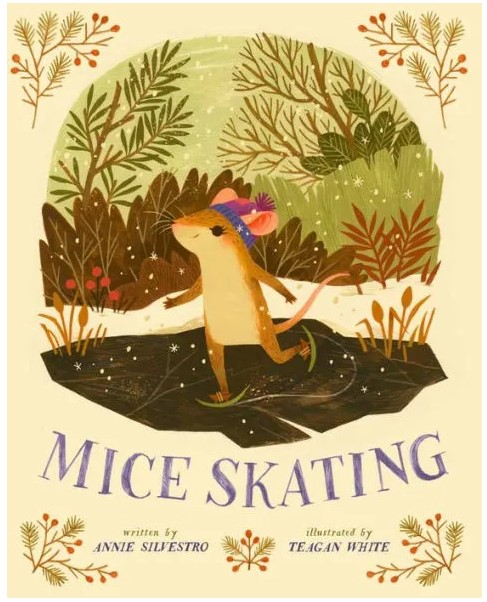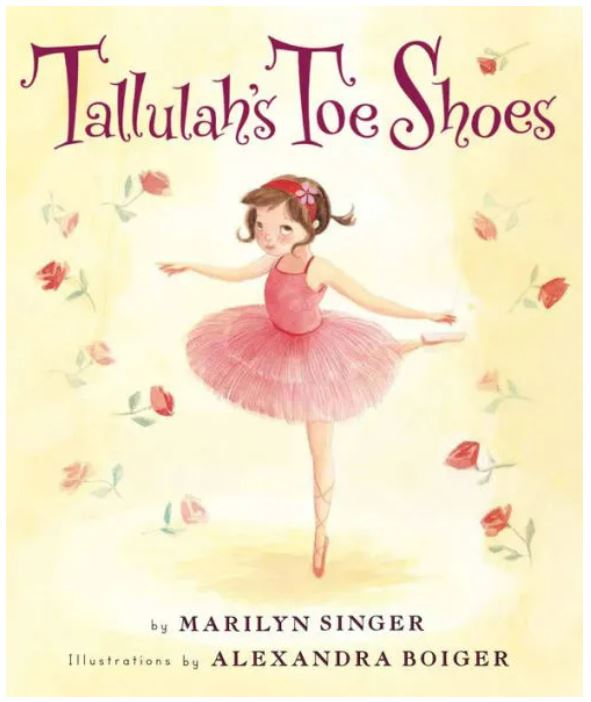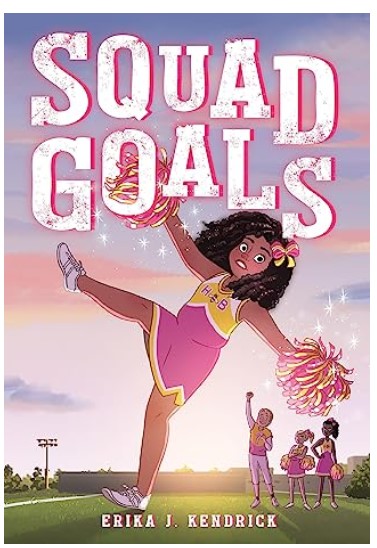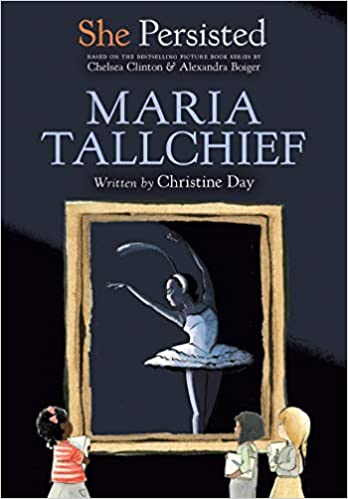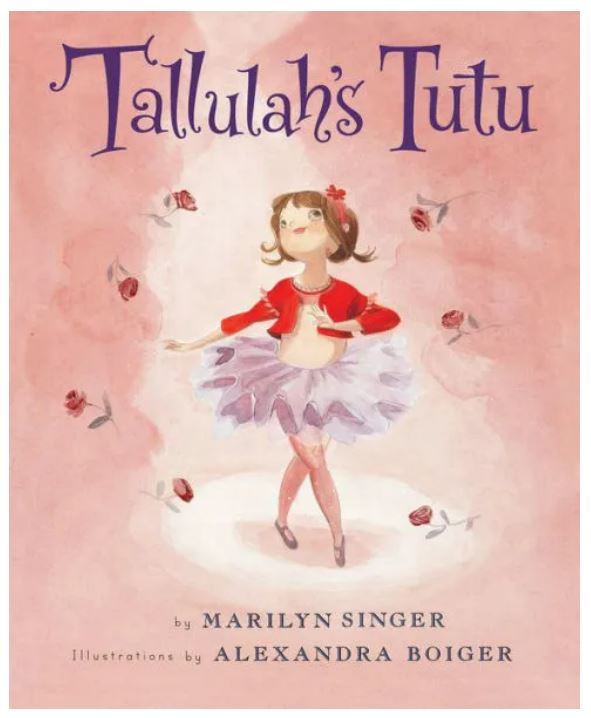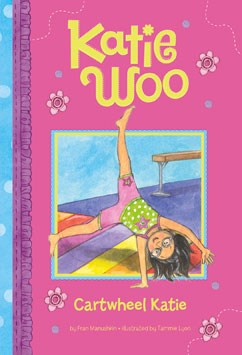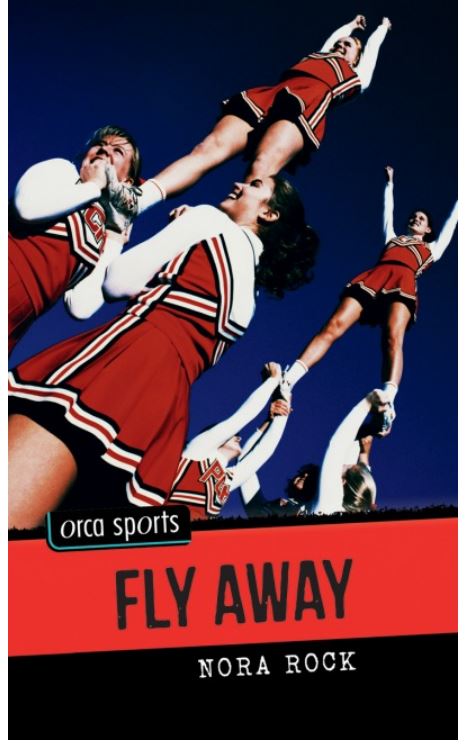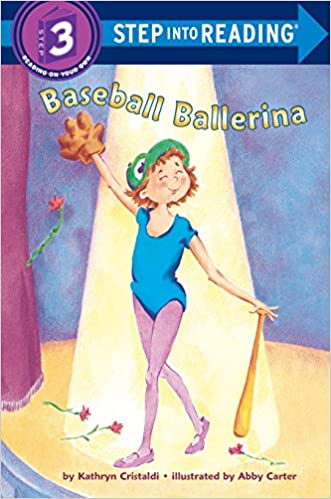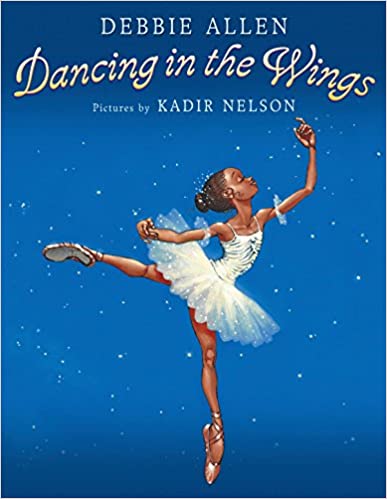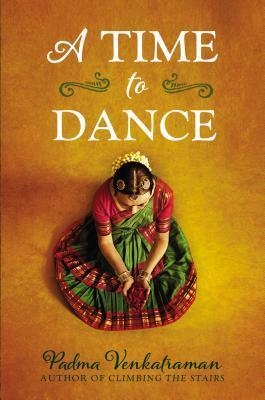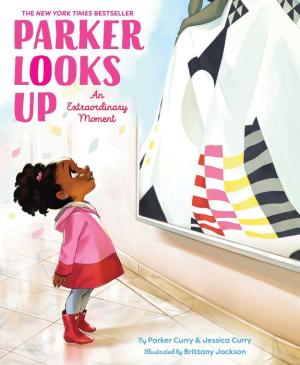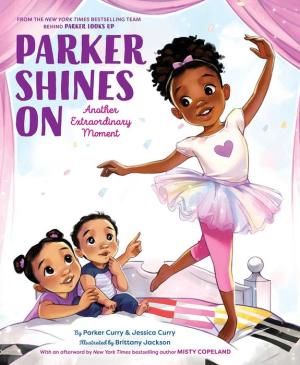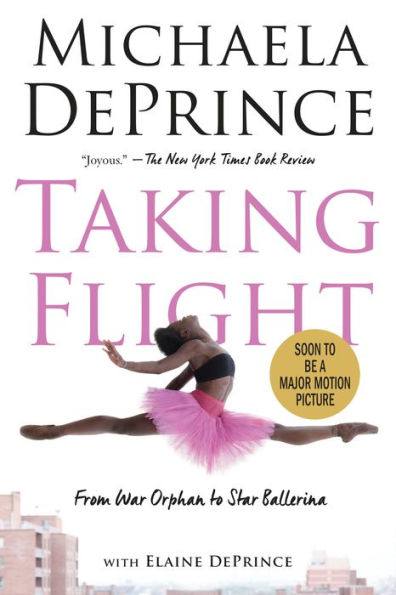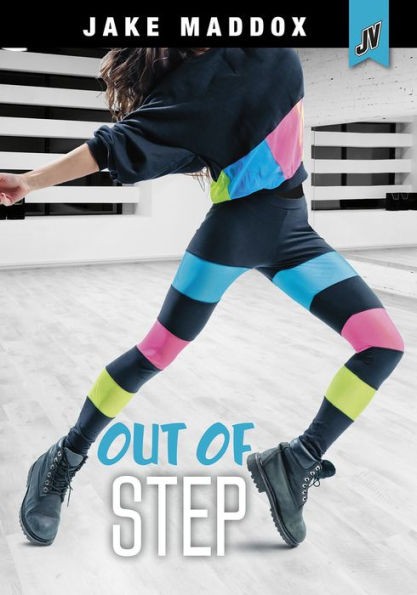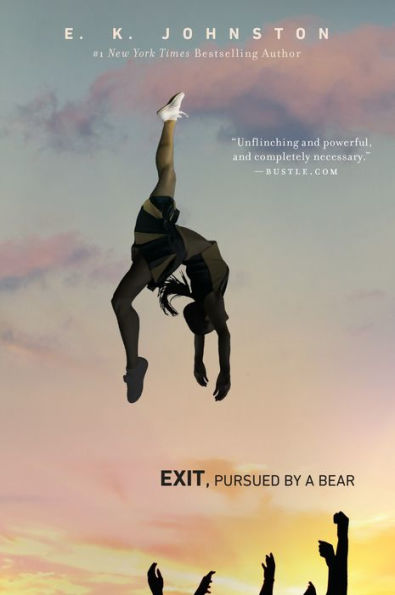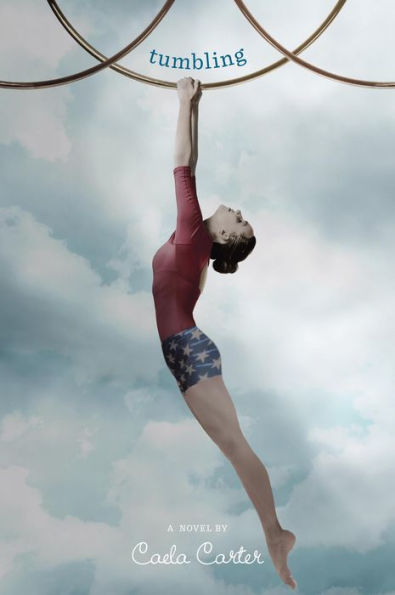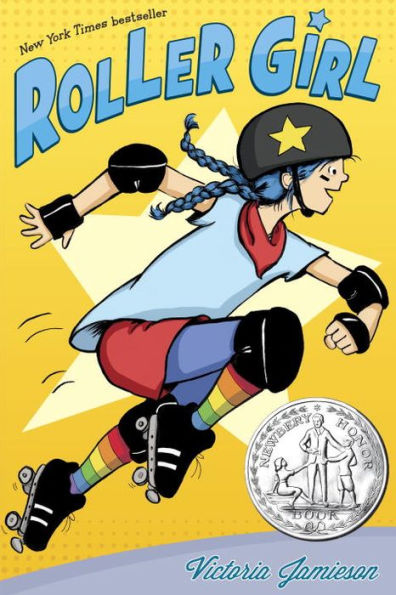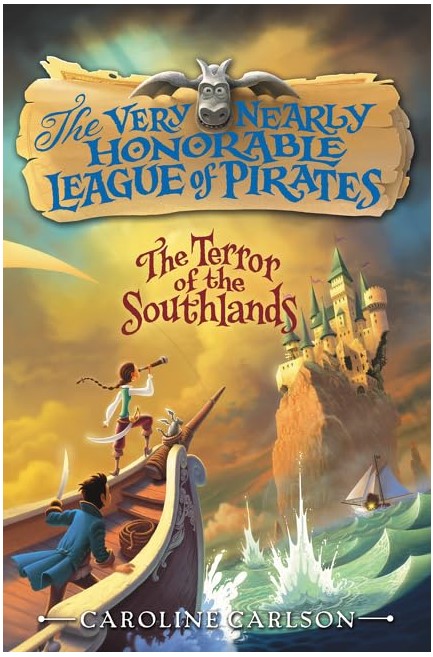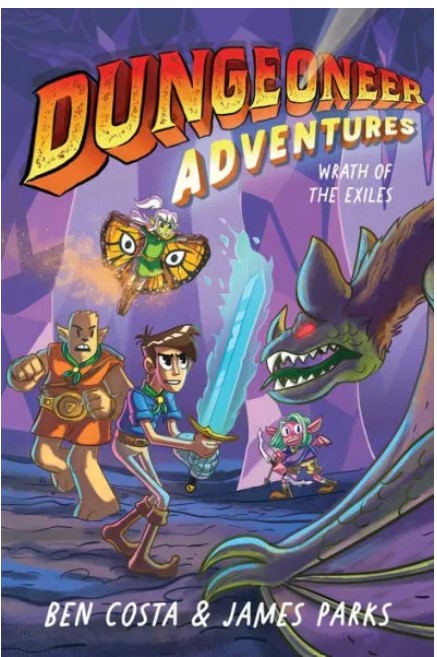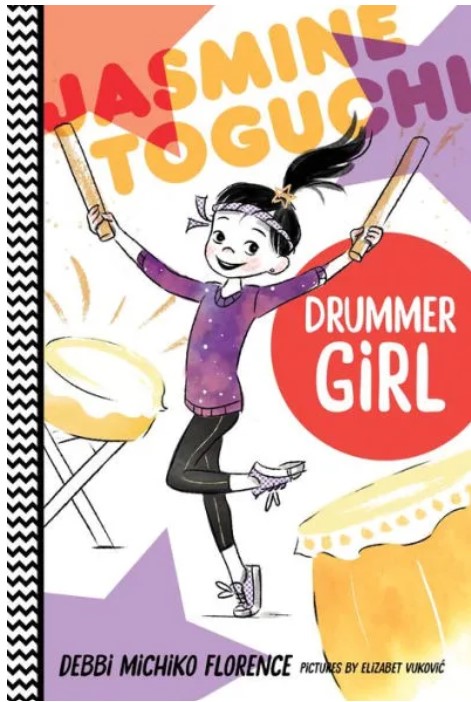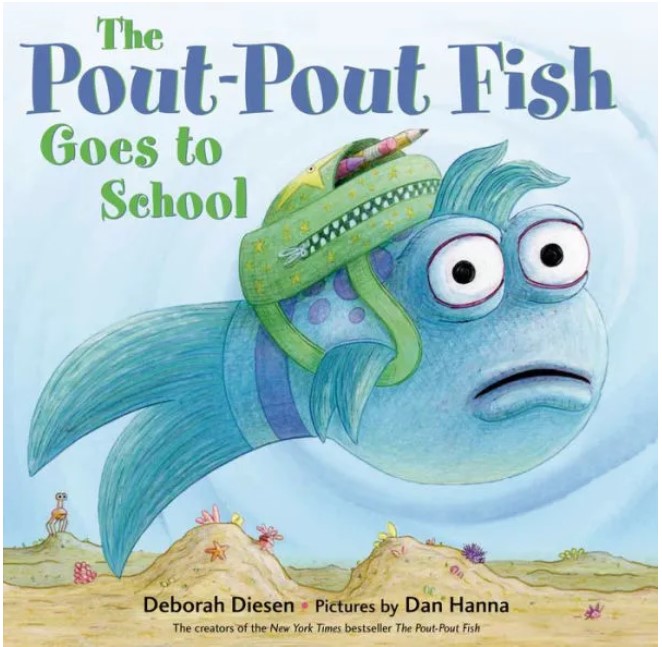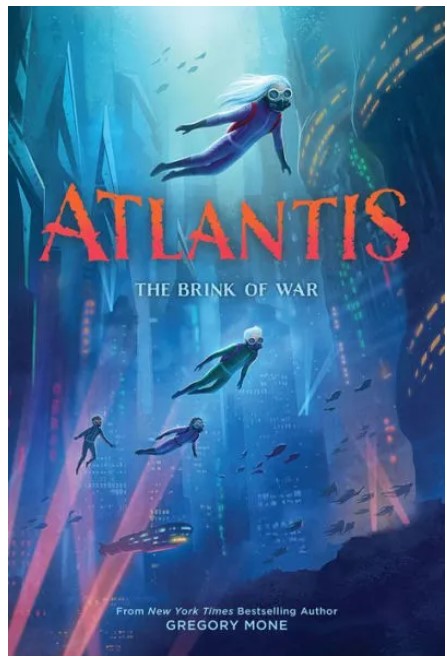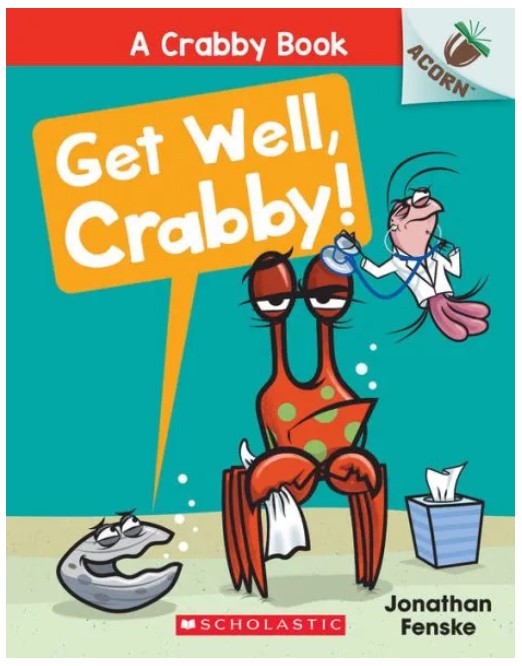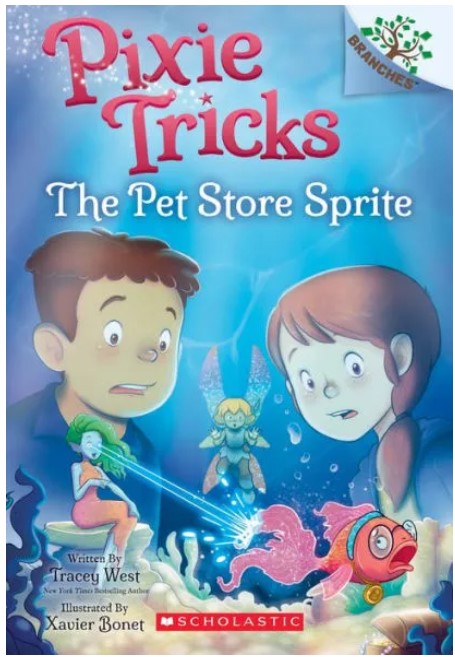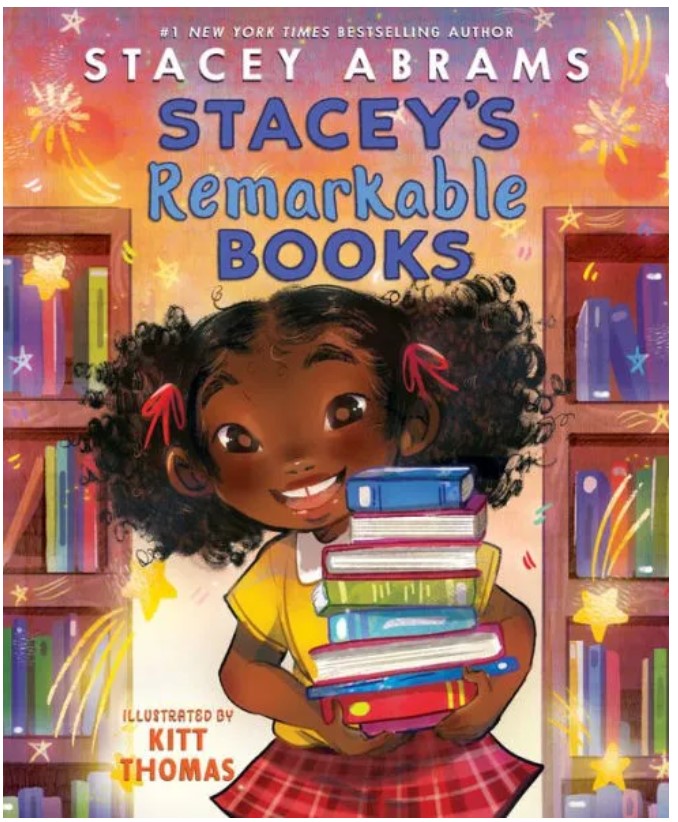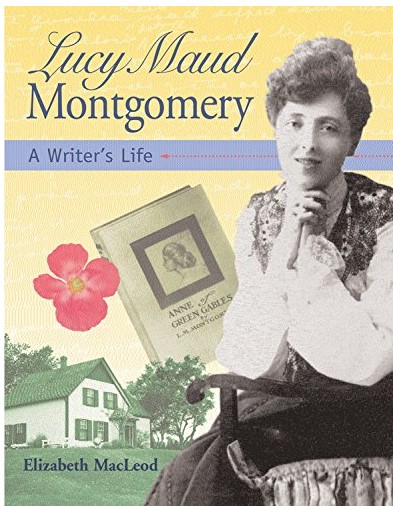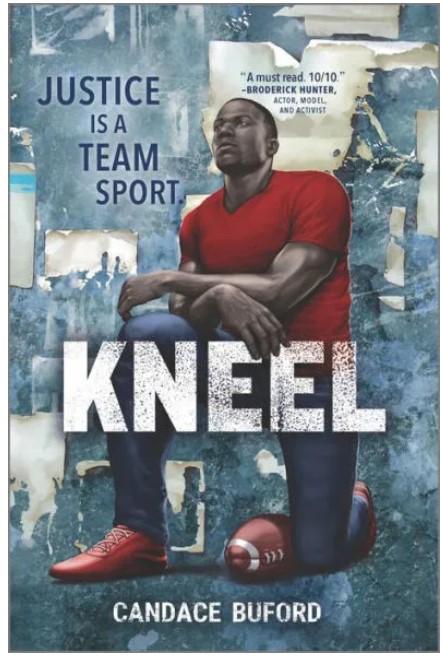At the age of three, Michaela DePrince found a photo of a ballerina that changed her life. She was living in an orphanage in Sierra Leone at the time, but soon she was adopted by a family and brought to America. Michaela never forgot the photo of the dancer she once saw, and she quickly decided to make her dream of becoming a ballerina come true. She has been dancing ever since and is now a principal dancer in New York City. She has also been featured in the ballet documentary First Position, as well as Dancing with the Stars, Good Morning America, and Oprah magazine.
Ballerina Dreams is told from Michaela’s point of view. The story uses a friendly tone that makes the reader feel as if they know Michaela personally. While in the orphanage, Michaela’s teacher said, “You can become a ballerina, too, if you take lessons for many years, if you work hard, and if you practice every day.” While Michaela’s story has a happy ending, she acknowledges her fears and explains how she overcame them. Her motivational story shows the importance of hard work and perseverance.
As part of the Ready To Read Level 4 Series, Ballerina Dreams is intended for children who can read independently. The story is told using short chapters. The paragraphs are short and use simple sentences. Most pages have full-color illustrations or photographs of Michaela to break up the text. However, some pages do not have pictures.
Ballerina Dreams is an inspiring story that encourages readers to aspire to great heights. The informative book explains how Michaela was able to make her dreams come true. Michaela encourages readers by saying, “It doesn’t matter if you dream of being a doctor, a teacher, a writer, or a ballerina. Every dream begins with one step. After that, you must work hard and practice every day. If you never give up, your dream will come true.” For another inspirational biography, pair Ballerina Dreams with A Girl Named Misty by Kelly Starling Lyons. Readers who love ballet should also read the picture books Tallulah’s Tutu by Marilyn Singer and Parker Shines On by Parker Curry & Jessica Curry.
Sexual Content
- None
Violence
- Michaela was born in Sierra Leone and her parents “died there in the ongoing war.”
Drugs and Alcohol
- None
Language
- None
Supernatural
- None
Spiritual Content
- None
